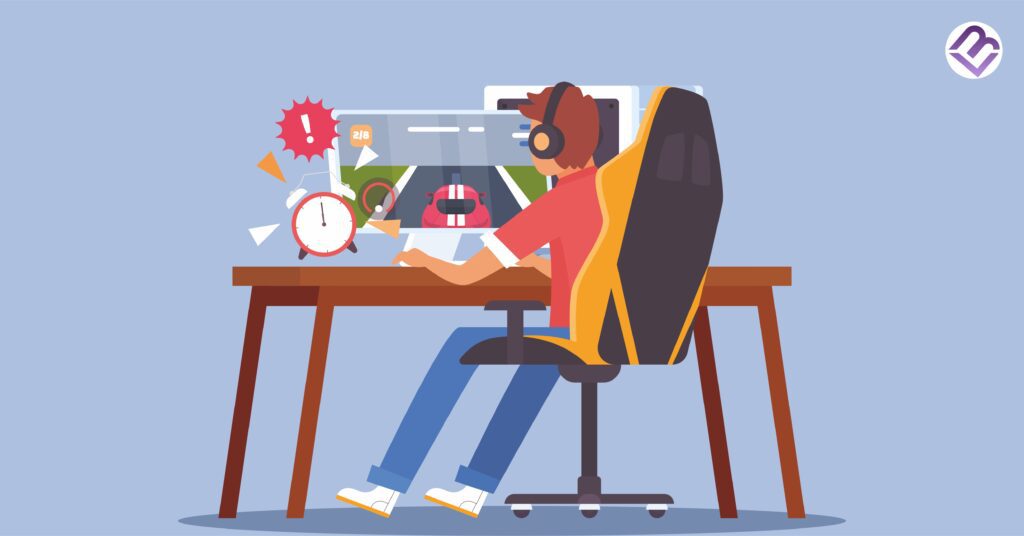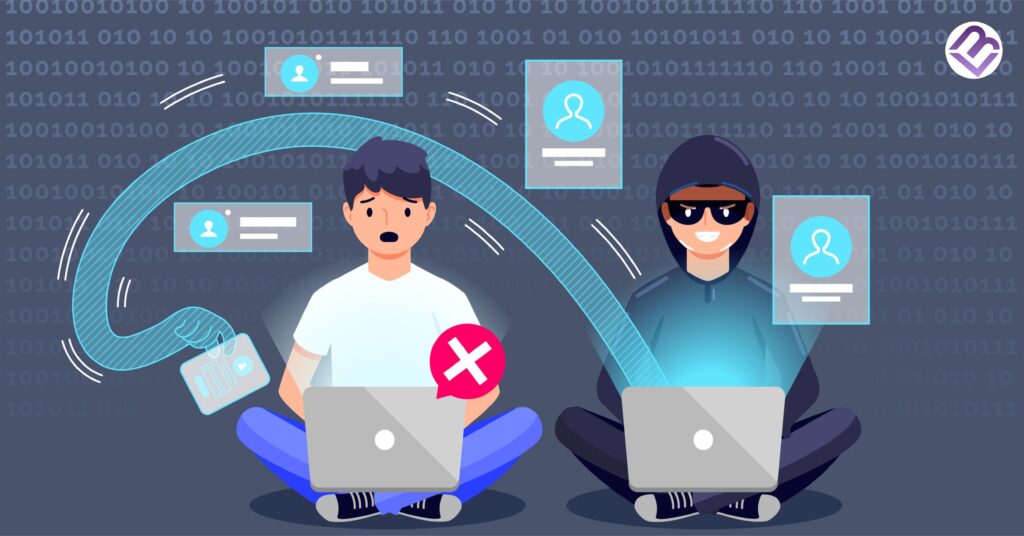A Humane Startup – AI Powered Wearable device into our Pockets

The Humane Startup, created by ex-Apple workers Imran Chaudhry and Bethany Bongiorno, has unveiled its latest item, an AI powered wearable device with a projection screen. This pocket projector does not need any phone to connect. Humane Inc, a firm created by ex-Apple Inc workers, has received $250 million and plans to launch its first […]
US Regulators Accuses META for Not Having Apt Parental Control.

The US Federal Trade Commission (FTC) has accused META of risking children’s privacy. The corporation is profiting from children’s privacy, and not putting in place enough parental controls. Additionally, the FTC discovered “several gaps and weaknesses in Facebook’s privacy program” that presented “substantial risks to the public”. The regulator has suggested a number of measures, […]
What is Neurodivergence? Should You Be Concerned About Neurodiversity?

If we imagine our bodies as a computer, the brain is the CPU. If we imagine our bodies like a device, then the brain is the controller. The brain is what our entire being is. It controls and decides our every action, and oversees bodily functions. Every brain operates differently. Their growth is tracked by […]
Top 5 Global Pilgrimage sites to embark on a spiritual journey

A pilgrimage is a spiritual journey people take to strengthen their religious convictions. People have been undertaking pilgrimages to sacred locations all around the world for many years. Many people regard these locations to be sacred and think they have some importance. The peace and purity the pilgrims provide have a hypnotic effect on the […]
3 Ways How Modern Technology Disrupted Online Gaming

The way we play and experience online games has been fundamentally revolutionised by modern technology. Online gaming has grown more accessible and immersive than ever before. Thanks to the emergence of smartphones, cloud computing, and high-speed internet connections. However, this technological revolution has also resulted in several unexpected disruptions that have forever altered the game […]
6 Reasons Why Your Organisation Needs a Human Resource Consultant

Human resource consultants (HR) are professionals who offer guidance and support to organisations on various HR matters. These consultants can help businesses achieve their goals by improving their human resource management practices. Here are six reasons why your organisation needs a human resource consultant: Expertise in HR Matters Human resources consultants have an abundance of […]
Morning Habits Of Successful People That can Lead You to Success.

The way you spend the first hours of your day sets the tone for the whole day. Effectivemorning routines are something which increases your working efficiency since routinesremove the decision-making step, and save you time and energy. Have you ever wondered why some people are so good at fulfilling their dreams and living alife of […]
Advantages and Disadvantages of Online Gaming That Everybody Should Know.

Online gaming is playing video games with friends, or strangers over the internet. Online games havebecome very popular these days. Online games can be played on any device from PCs, laptops andmobile phones to dedicated video game consoles such as PlayStations, Xboxes, and NintendoSwitches. Online gaming provides many benefits. But it also has its own […]
Ethical Hacking And Its Significance, Why It Is Important?

Cybercrime has now become a global danger, threatening the entire world with data breaches,online frauds, and other security issues. Hundreds of new laws have been enacted to protectnetizens’ rights and transactions in the virtual realm. They must remember these laws in orderto penetrate a system or network with good intentions.What is hacking? Hacking is defined […]
Study Abroad Programs: Step-By-Step Guide and Best Places To Choose

Traveling to international countries and gaining experiences in the form of adventures has been romanticized by every media channel- films, blogs, social media, etc. But not everyone dreaming to go abroad has the same plans. Are you planning to study abroad? Today study abroad programs are so easily available to pursue. Probably another product of […]
